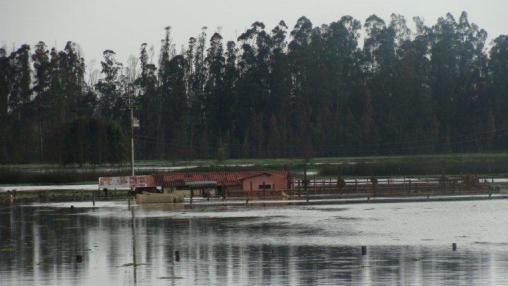Mexico and Colombia have suffered the high material and human costs that arise when natural disasters strike. In 2010 and 2011, floods affected 3.5 million people in Colombia. In Mexico, there are more than 90 earthquakes a year with a magnitude of 4.0 or more on the Richter scale.
Confronted with this vulnerability to disasters, the two countries have seen themselves forced to prepare for the possibility of a catastrophe, so as to protect citizens as well as the economy of the country.
“Between 1970 and 2010, disasters related to natural phenomena have caused more than 3.3 million deaths and US$2.3 trillion in material losses worldwide —slightly more than Brazil’s GDP in 2010,” writes Gloria Grandolini, World Bank Director of Mexico and Colombia in a recent blog on the topic.
“When disaster hits, we all know that the poor are its biggest victims. Because of this, any effort to generate greater resilience to disasters must be part of the global development agenda,” she writes.
Innovative Financial Products
Considering their high exposure to natural disasters, Mexico and Colombia work with the World Bank and other institutions to find better ways to face the risks that natural phenomena represent.
Colombia for example has the so called Catastrophe Deferred Drawdown Options (CAT DDO), a fund that allows the country to deal with the consequences of natural disasters.
It is an innovative financial product, because the amount is already approved, but it is only accessible when the consequences of a natural phenomenon (damage to the infrastructure or to economic activities) reach a determined level.

